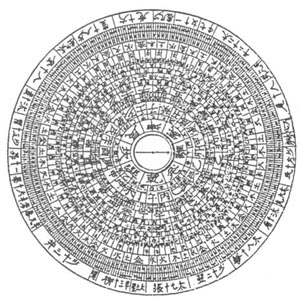
|

|

|
| Visitors |

|
Visitors to the gallery space
will participate under the guidance of twelve architects from the
digital generation. As in Signatures, the transformation of the plan
will be materialized in a model. Here, however, an additional time
factor will be involved.
During the 12 weeks of the exhibition, the architects will come sequential
two-week periods. The first week is intended for conceptualization
and the second week is for realization. An architect's first (conceptualization)
week will overlap with the previous architect's second week. The architect's
second (realization) week will overlap with the concept-making of
the next guest architect. Each week, a collaborative session with
the next guest architect will be organized.
Throughout the 12 weeks, visitors' opinions and suggestions will be
incorporated into the plan through the filter of these guest architects.
The exhibition space will become a workshop and architects' studio.
All equipment necessary for architectural design will be prepared.
Computers will be placed in front of video booths with a CAD system
and high quality rendering software installed. There will also be
access to an internet browser, fax machines, printers and various
other tools.
Like the compositional method of traditional Japanese Renga poetry,
Haishi will be transformed through successive generations of participants.
For this process, certain rules must be predetermined. In Renga for
instance, phrases of 5-7-5 syllables, and of 7-7 syllables should
come in turn. Every phrase/poem should be made in consideration of
the context of previous phrases/poems in terms of continuity, as well
as in consideration of the dramaturgy of the shift of scenery. Fragments
of the city are handed down as memory through the generations. A history
of Haishi is condensed into three months. This hypotactic relationship
will strongly contrast with Signatures, which begins with a spatial
division and paratactically resolves collisions.
The development of Haishi in this section has already started a heated
discussion concerning how to make and apply the rules. How can a framework
that does not rely on spatial articulation be constructed? Is it inevitable
to consider the "Prototype" as the Hokku (the initial phrase/poem)?
These discussions are recorded in the Forum page.
English Translation: KOSO Iwasaburo
|
|
 |
Piranesi "Campo Marzzio of Ancient Rome"
(1762)
|
|
The (projected) Guest Architects and
Artists
OKAZAKI Kenjiro
KAWAMATA Tadashi
YOSHIMATSU Hideki
KOBAYASHI Katsuhiro
MARUYAMA Hiroshi
FURUYA Nobuaki
Elizabeth DILLER+Ricardo SCOFIDIO and DBOX with Lyn RICE
UZAWA Takashi
Alejandro ZAERA-POLO + Farshid MOUSSAVI
TANAKA Jun
WATANABE Makoto, Shin
IRIE Keiichi
|
|
| |
|
